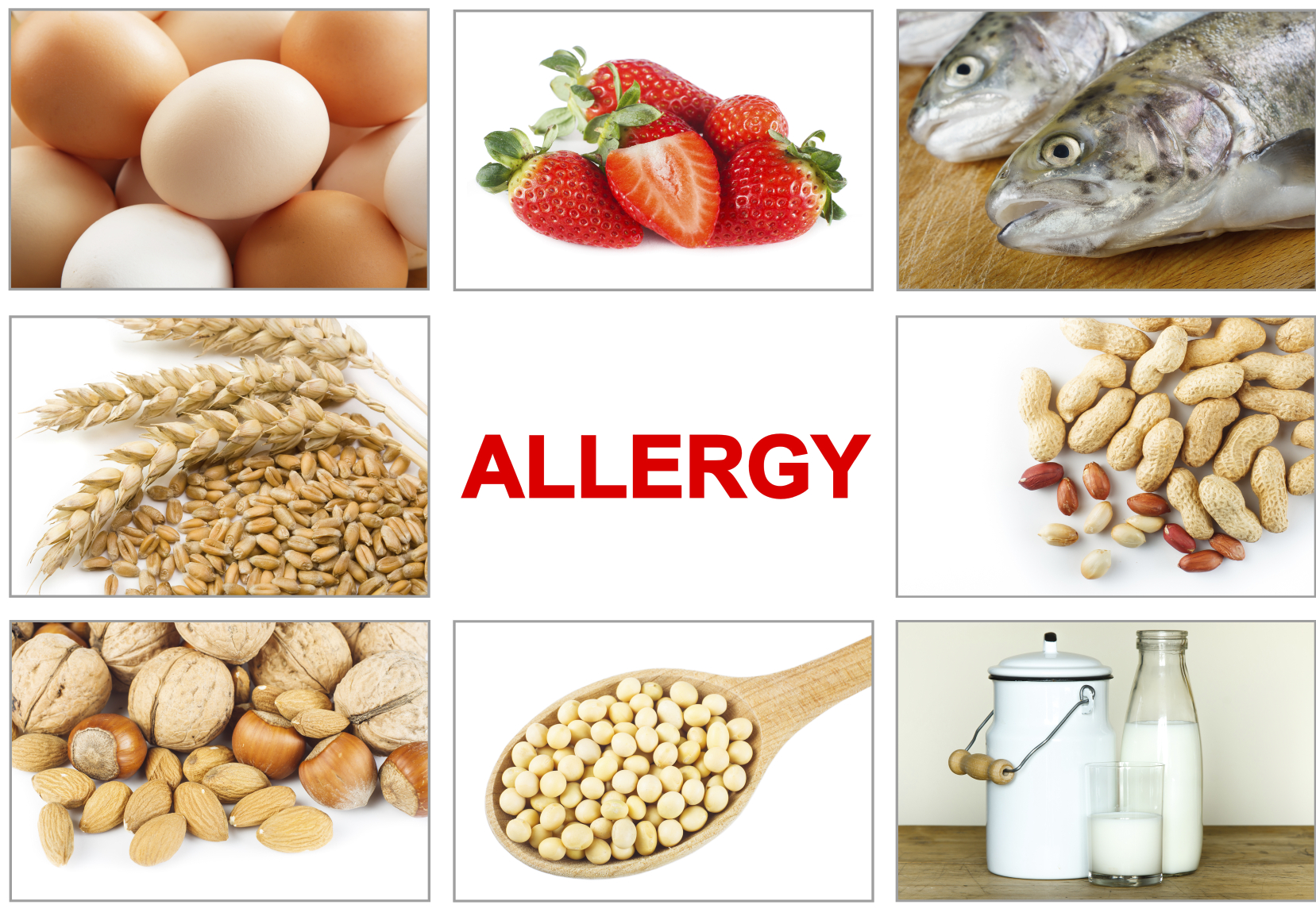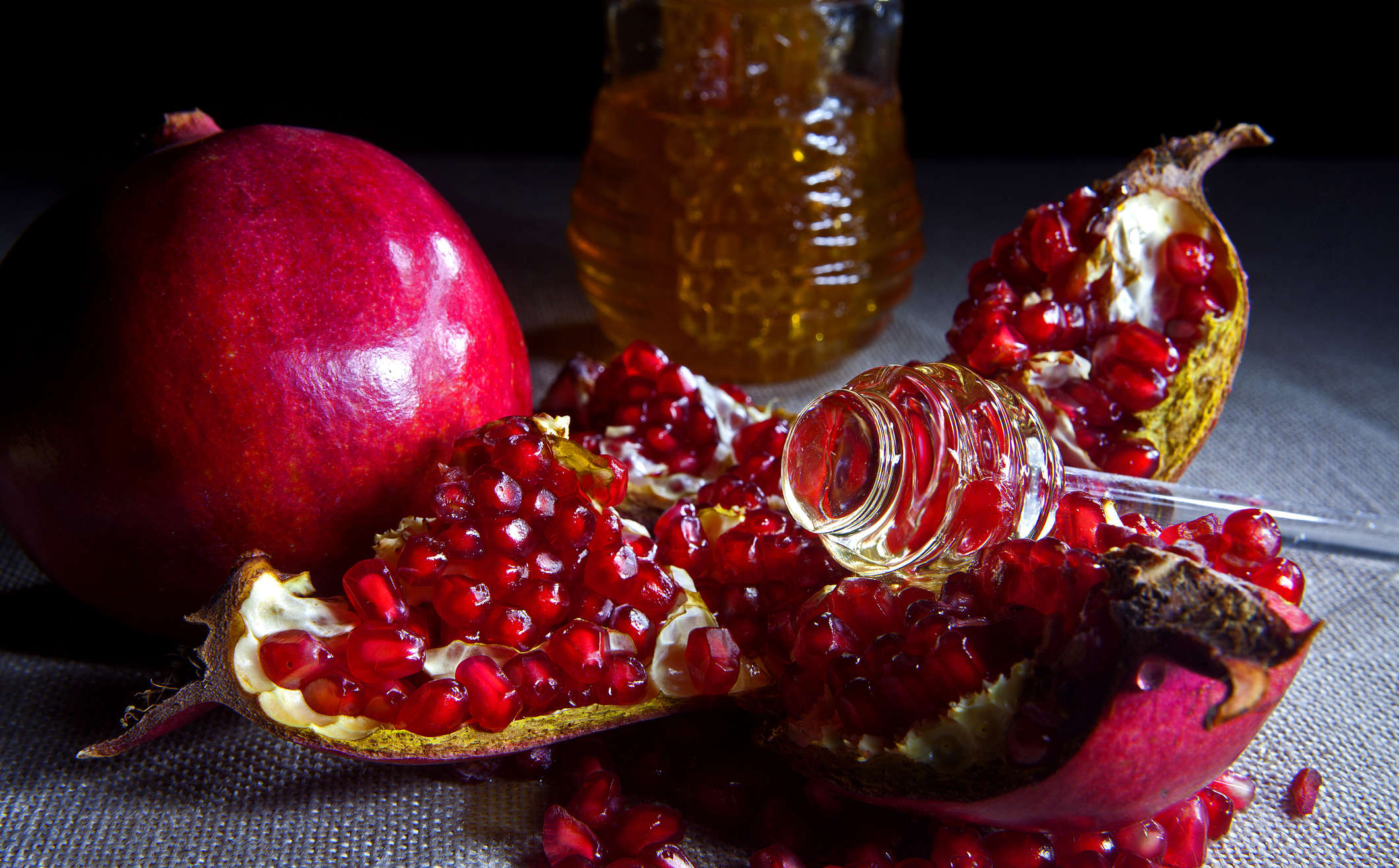It’s Food Allergy Action Month:
Learn the Facts to be Prepared
Right now it’s peak season for allergies and that includes food allergies. While the prevalence, severity, and impact of food allergies as well as the current understanding of food allergies in diagnostics, treatments, prevention and public policy are being studied, it’s important that a broad awareness be built – allergies are potentially life threatening and there is no known cure.
Thrive! Meetings & Events is helping to create public awareness out of the commitment to serve individuals, families, and communities affected by the disease, but most importantly to also help inform and create awareness in the meetings and events industry. This is a key area where those with food allergies and food sensitivities are affected and often alienated because it is an invisible disability and because of the misunderstanding around how to properly address the needs of custom eaters with dietary restrictions.
If you want to help spread awareness, please do one of the following:
[list icon=”icon: check-square-o” icon_color=”#d81c5c”]- Share our allergy awareness posts on social media
- Share your own personal story and tag @Thrivemeetings on Twitter or share to our Facebook page
- Follow the Thrive! blog for meetings and events industry pro-tips and advice on how to provide the best possible customer service to custom eaters, and more.
- Wear TEAL this month – that’s the Allergy Awareness color!
- Use these hashtags on social media to ensure you reach as many people as possible and join the allergy conversation – don’t forget to tag @Thrivemeetings
- #foodallergies
- #allergies
- #AllergyAwarenessMonth
- #FoodAllergyAwareness
- #FoodAllergyMonth
- #InvisibleDisabilities
- #Celiac
- #CeliacAwarenessMonth [/list]
To help kick-off Food Allergy Awareness month, here are some important facts you need to know:
[list icon=”icon: check-square-o” icon_color=”#d81c5c”]- An allergy is when your immune system reacts to a foreign substance, called an allergen.
- The most common triggers for anaphylaxis, a life-threatening reaction, are medicines, food and insect stings.
- Eight foods cause most food allergy reactions. They are milk, soy, eggs, wheat, peanuts, tree nuts, fish and shellfish. All eight allergens account for 90 percent of U.S. allergies.
- Later this year, sesame may be added to the “big 8” food allergy list in the US because of the increase in allergic responses.
- Peanut is the most common allergen. Milk is second. Shellfish is third
- Allergies are increasing. They affect as many as 30 percent of adults and 40 percent of children.
- Allergic disease, including asthma, is the fifth leading chronic disease in the U.S. in people of all ages.
- People visit the emergency room about 200,000 times each year because of food allergies.
- Almost 10,000 people stay in the hospital each year because of food allergies.
- African-Americans and the elderly have the most deadly reactions to medicines, food or unknown allergens.
- Food allergies cost about $25 billion each year.
- Americans have also lost more than six million work and school days and made 16 million visits to their doctor because of allergies. [/list]



